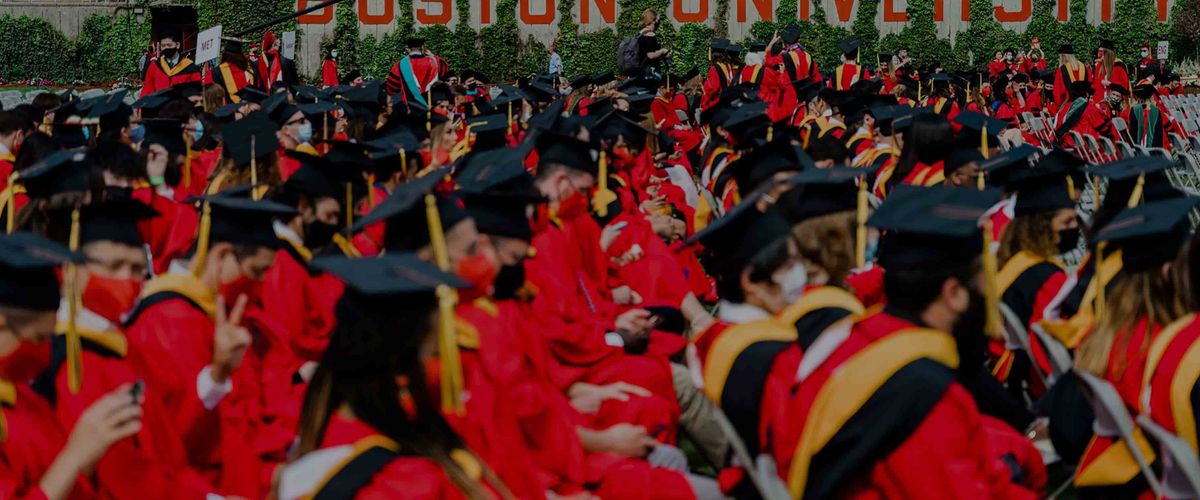The Department of Pharmacology was established in 1918. Dr. Walter L. Mendenhall was appointed the first professor of pharmacology in 1921. He was succeeded in 1946 by Dr. George L. Maison. Research and training of graduate students were in areas of high-altitude physiology, cardiac pharmacology, and the pharmacology of veratrum alkaloids. Leadership changes during the 1950s included Earl H. Dearborn, PhD, MD, from Johns Hopkins School of Medicine, as Chair in 1952, Charles J. Kensler, PhD, in 1957, and Dr. Edward W. Pelikan in 1960. Research activities of the department faculty during the subsequent 30-year period under Dr. Pelikan’s leadership included structure-activity studies of neuromuscular blocking agents, the pharmacology of drugs of abuse, pharmacokinetics, gastrointestinal pharmacology, the pharmacology of blood, and the history of medicine. Dr. David H. Farb joined as Chair in 1990 and the scope of scientific inquiry shifted to investigations at the molecular level, with emphasis on interdisciplinary approaches and the use of advanced technologies. Dr. Farb established the Pharmacology & Experimental Therapeutics graduate program, which ranks among the top graduate programs in Pharmacology. Under his leadership, research activity expanded to neuropharmacology, cancer, cardiovascular and metabolic disorders.
The Department of Physiology was established in 1873. Beginning in 1970 under Benjamin Kaminer, MD, the department evolved to encompass many of the same research themes addressed by current department faculty members including muscle mechanisms, computational biochemistry, ion channels, visual receptors, enzyme dynamics, and cellular and molecular physiology. The physiology department also undertook major commitments to preclinical teaching, and its faculty developed and continue to offer outstanding preclinical physiology courses and course modules in the schools of Medicine, Dental Medicine, and the Master of Arts in Medical Sciences Degree Program that consistently receive the highest evaluations.
The Department of Biophysics was established by Dr. Donald M. Small as a research-oriented enterprise with active, well-established programs in molecular biophysics and structural biology and had an internationally renowned reputation in the biophysics of lipids, membranes, and lipoproteins, while being associated with a prominent graduate program. Recognizing commonality in research approaches, in particular in Structural Biology and Quantitative Biophysics together with significant overlap in applying high-resolution cryo-electron microscopy, NMR, x-ray crystallography and computational biochemistry techniques, the physiology and biophysics departments were merged in 2000, led by three Chairs, at first by Donald M. Small, MD, and then in 2005 by David Atkinson, PhD, both experts in blood lipids and lipoprotein structure and metabolism. William Lehman, PhD, a structural biologist and expert in thin filament regulation of muscle contraction, assumed leadership of the department in 2021. Dr. Lehman became Vice Chair in 2023, when Physiology & Biophysics merged with the Department of Pharmacology & Experimental Therapeutics to form the new department of Pharmacology, Physiology & Biophysics under the leadership of Chair Venetia Zachariou, PhD.
